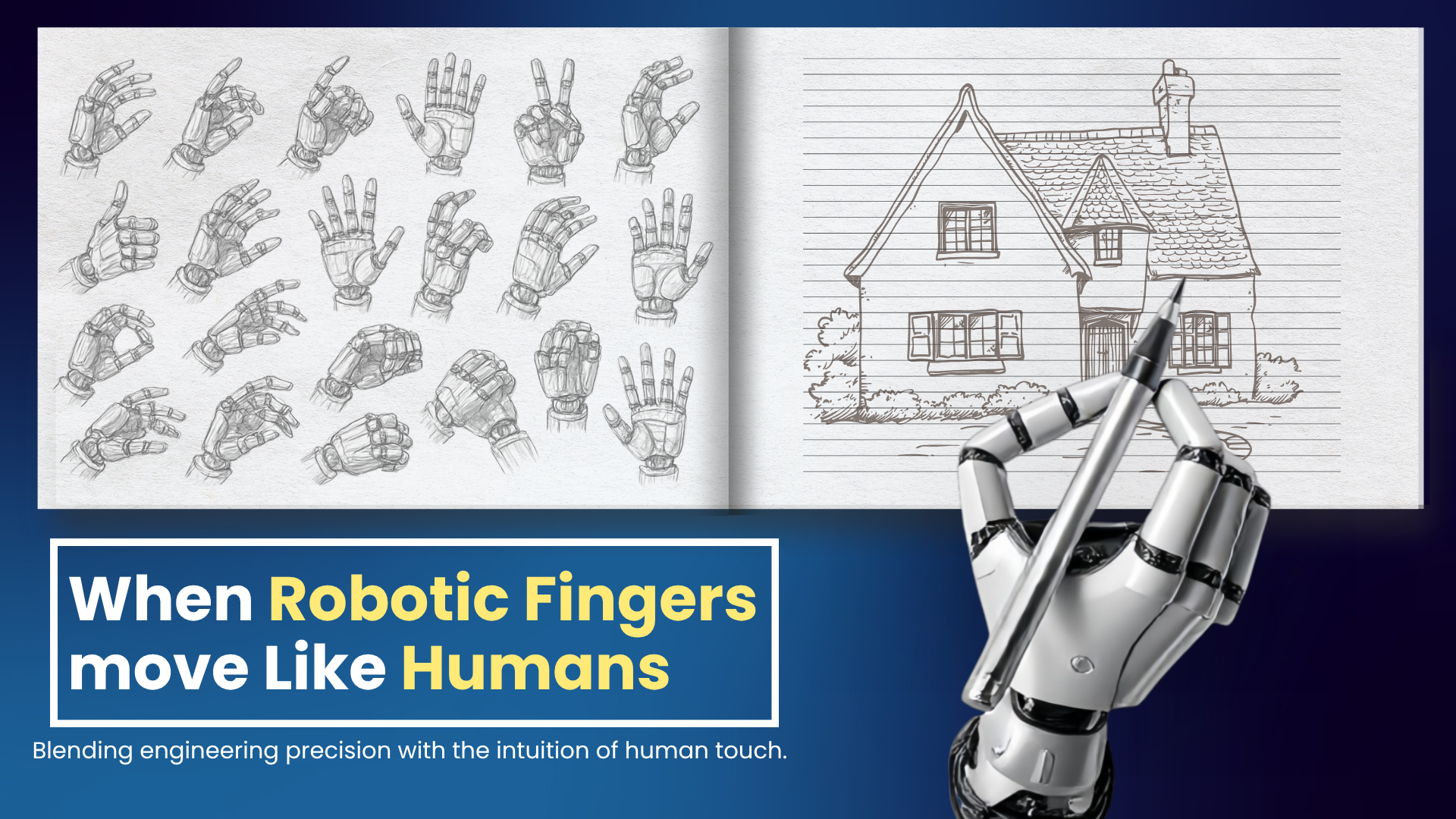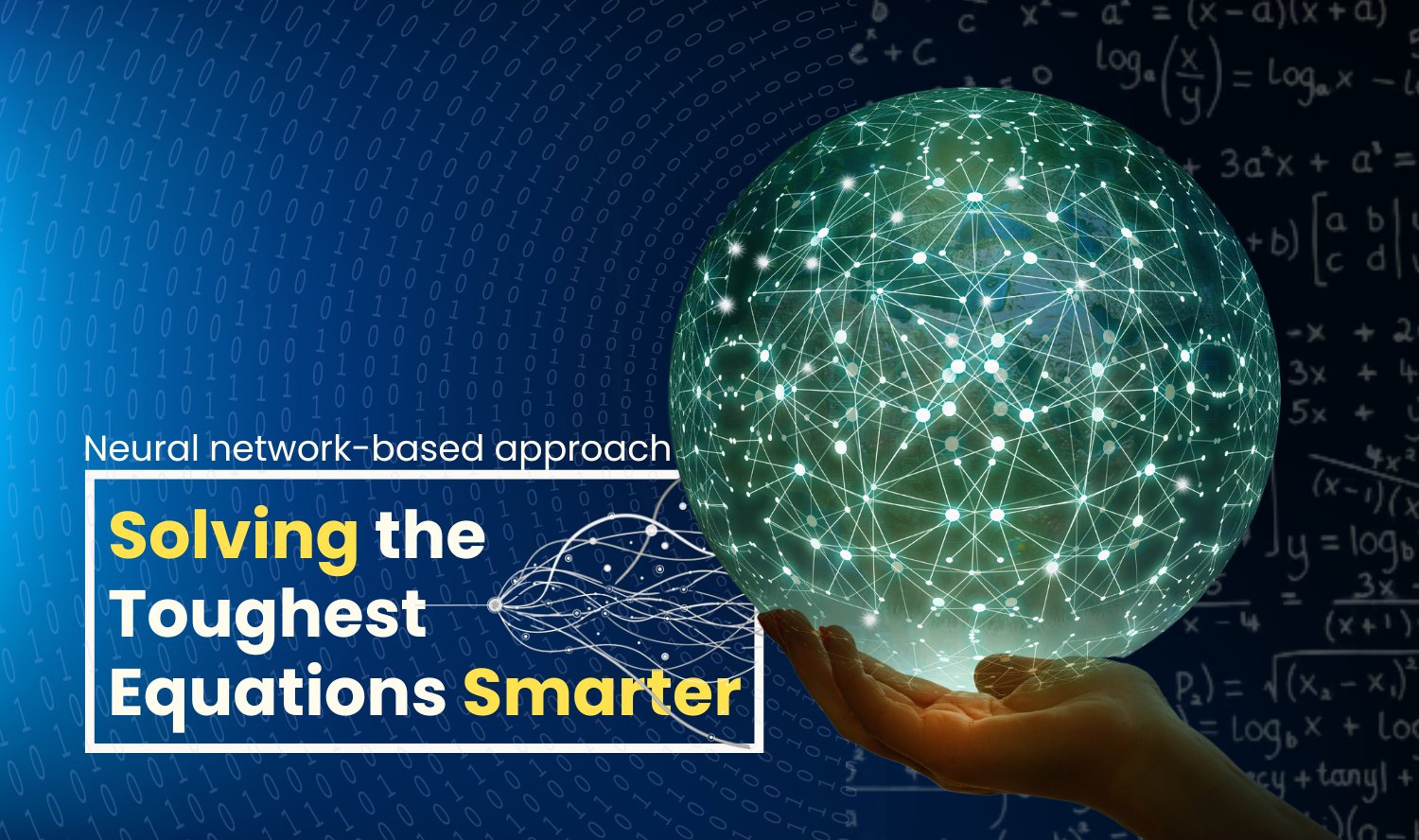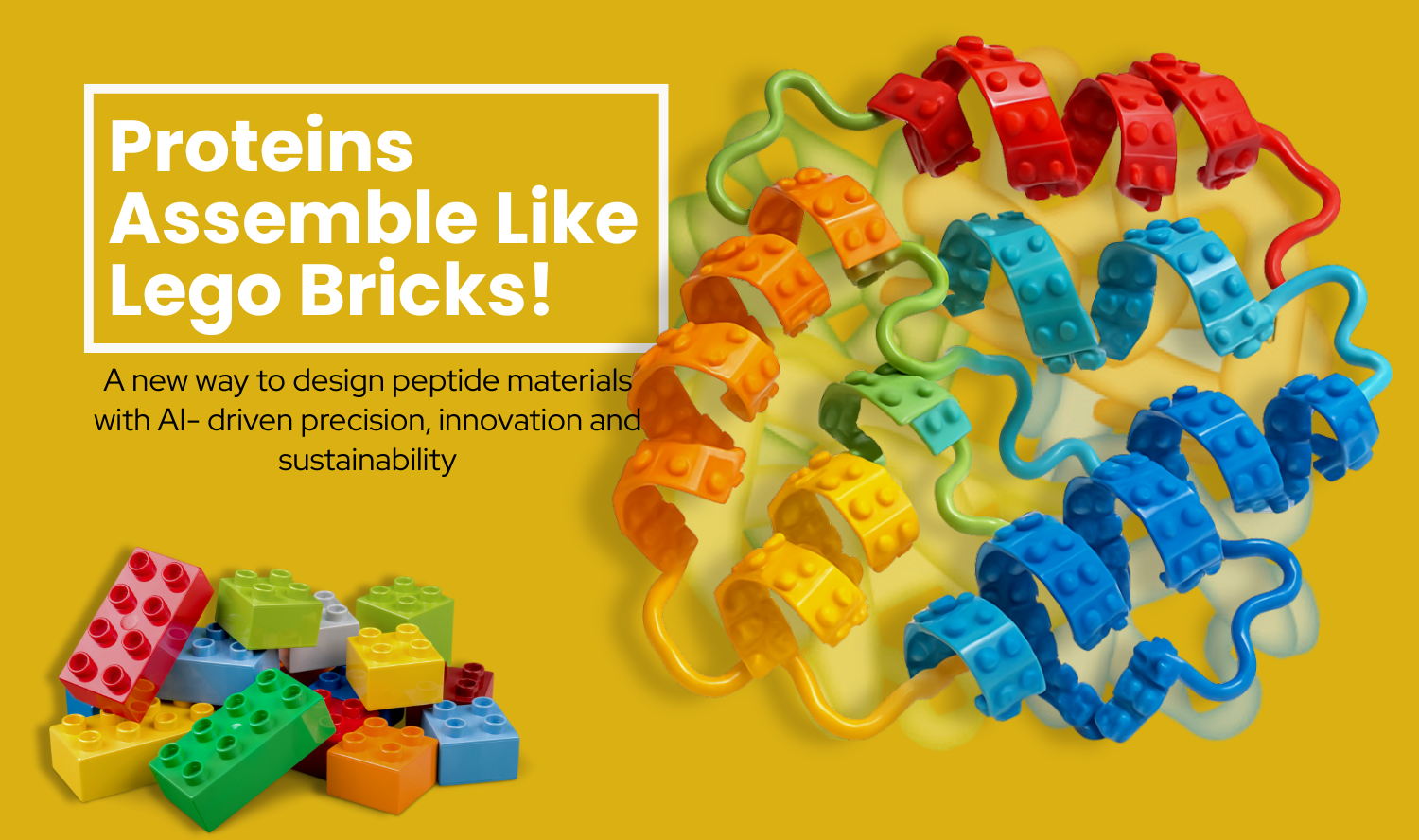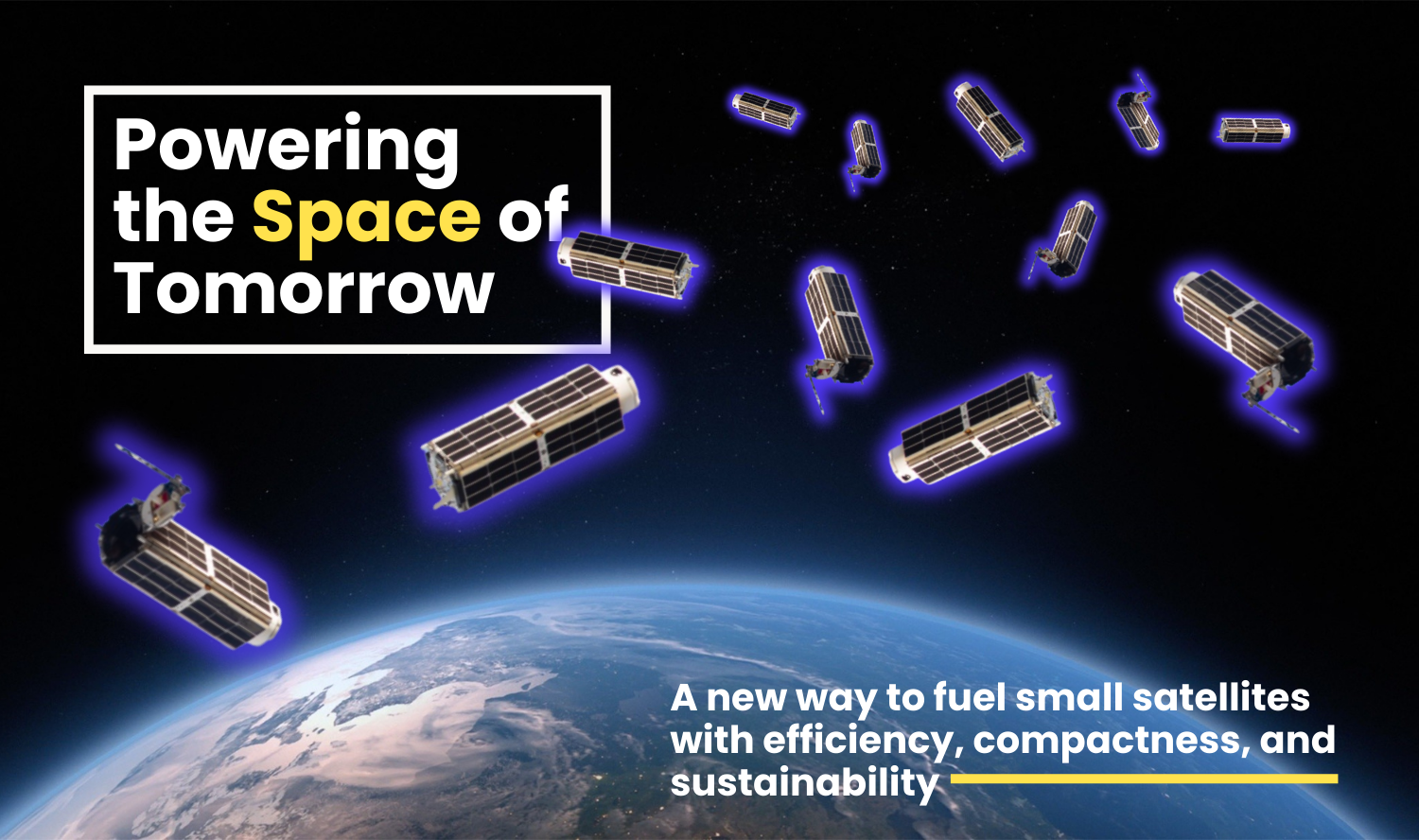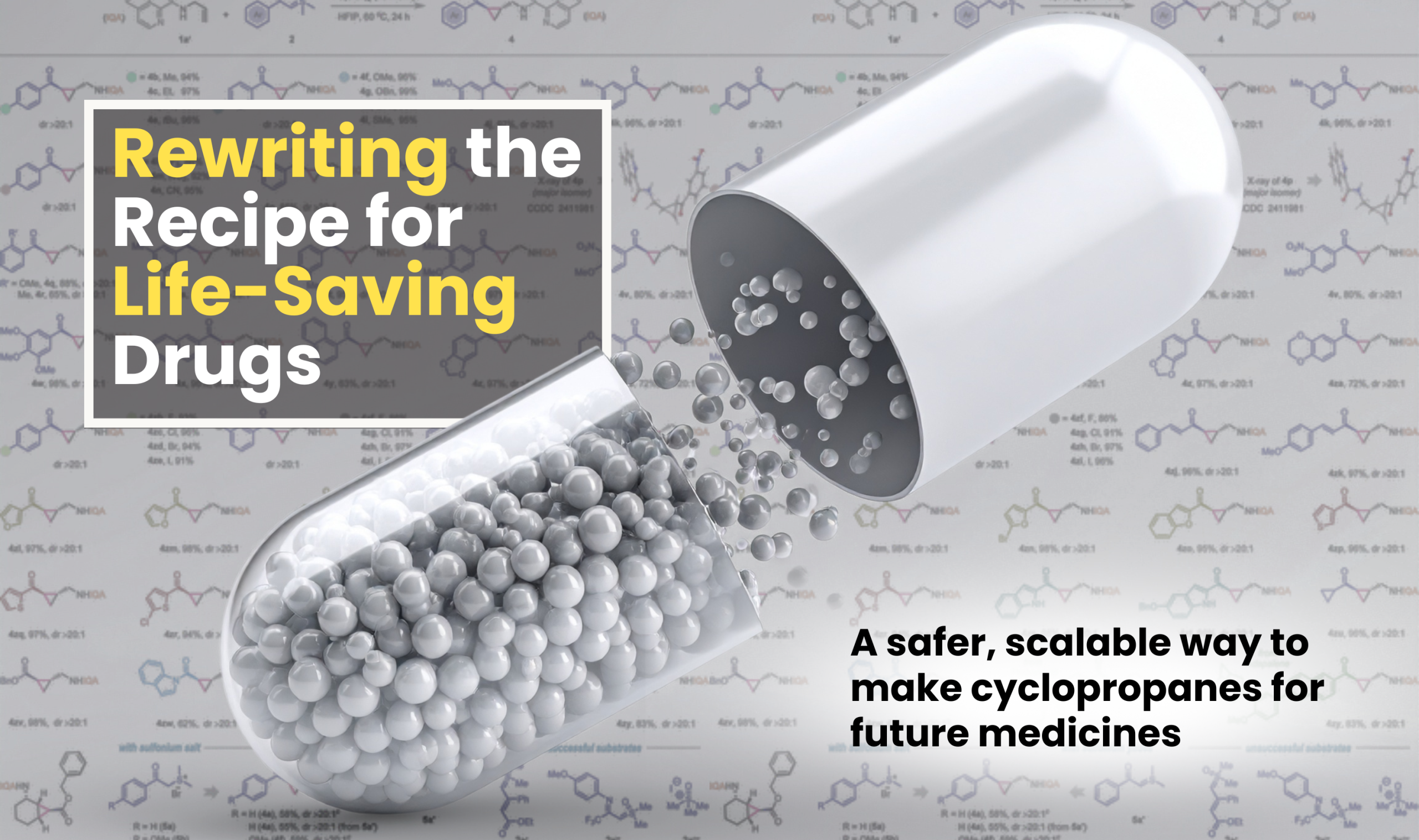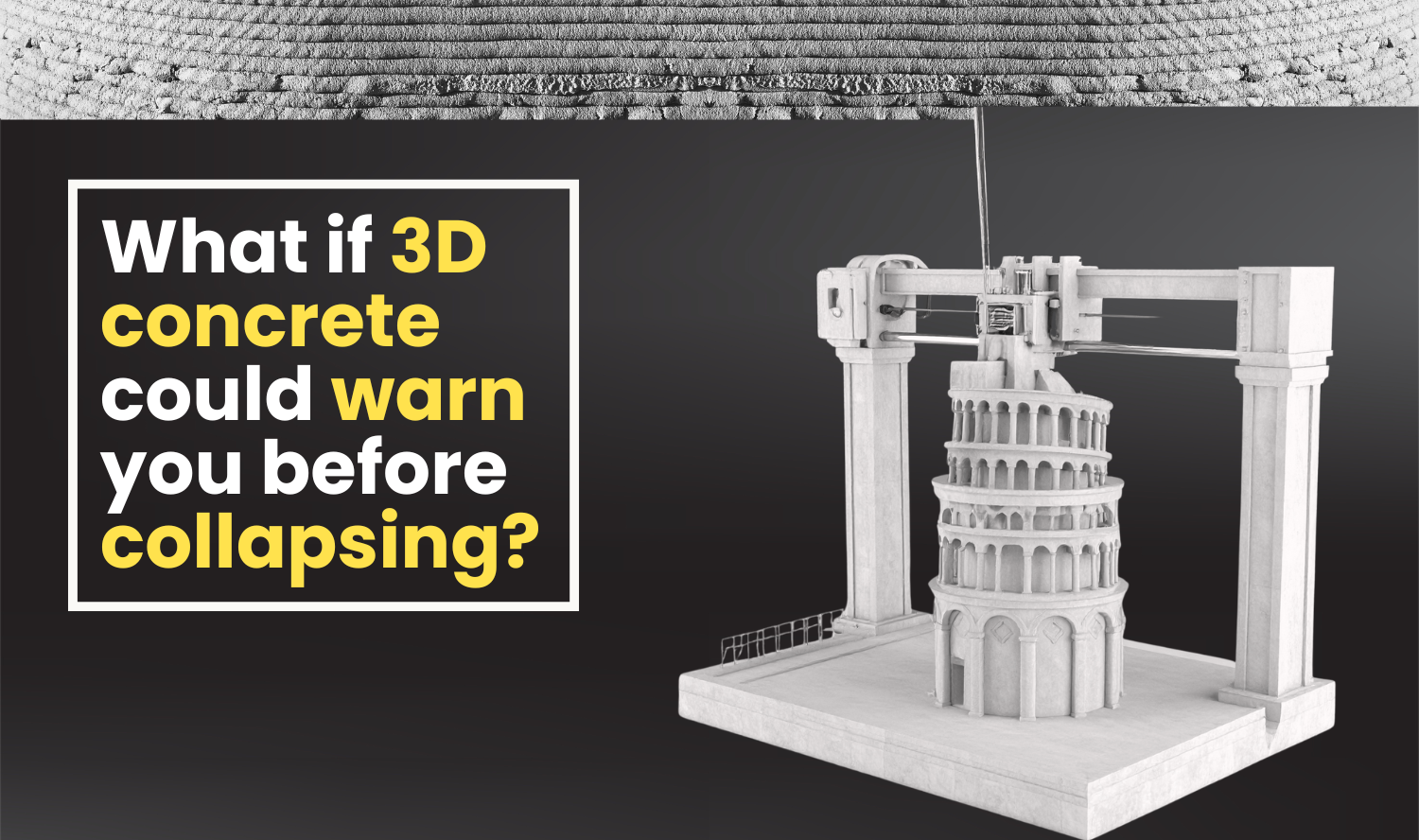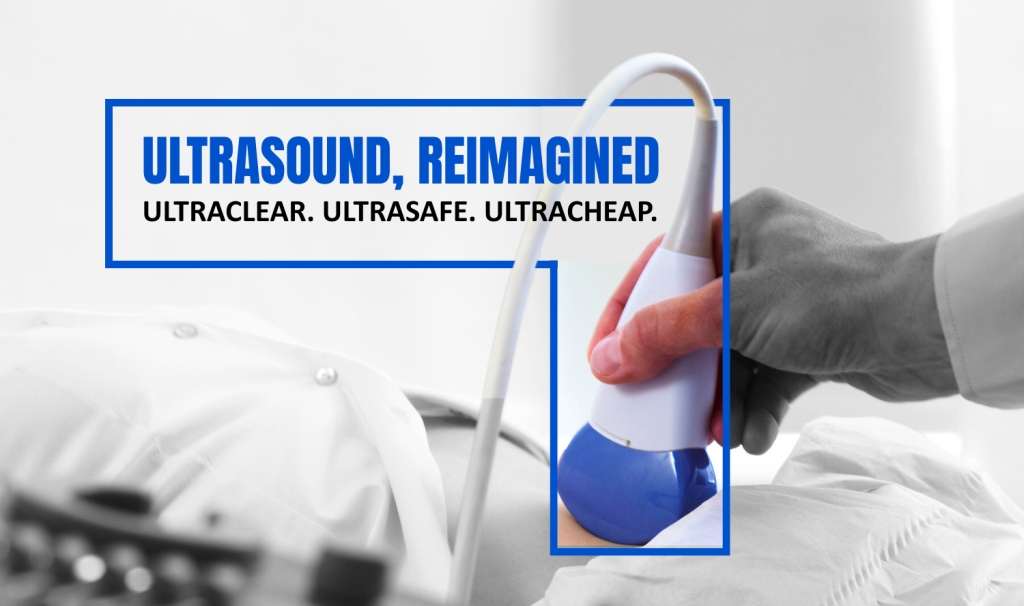
There are many medical imaging techniques such as the X-ray computed tomography (CT) scan and the magnetic resonance imaging (MRI) scan. But these techniques are expensive, and in the case of X-ray CT, the use of ionizing radiation is a concern. Ultrasound imaging is a popular imaging modality that is preferred because it has no known adverse biosafety issue reported in over 5 decades of clinical use, portable, offers real-time imaging, and is considered affordable and accessible.
The main component of the ultrasound imaging device is a transducer (a device that generates ultrasound energy), which has an arrangement of piezoelectric crystals, forming an array. The commonly used crystal type is lead zirconate titanate (PZT). However, a better quality single crystal transducer called lead magnesium nitrate lead titanate (PMN-PT) has been found to have a better energy conversion efficiency. This alternative is a recent advancement and therefore comes at a premium cost.
The usual technique used in ultrasound imaging is known as the Conventional Focused Beamforming (CFB) technique. However, in this technique, the quality of the image is hampered because of the aperture size. There is also a tradeoff between system complexity and image quality.
In order to rectify this drawback, synthetic aperture (SA) techniques have been developed. These are an advanced form of imaging technology used to form high-resolution images in ultrasound imaging systems.
It has been shown that increasing the number of transmit elements in SA technique is an option to increase the transmitted signal energy. Therefore, a diverging beam synthetic aperture transmit scheme (DB-SAT scheme) was considered, where a diverging beam was transmitted from a virtual source behind 8 transmit elements.
Although the image quality was found to be better in DB-SAT, the image depth was observed to be lower than that of the CFB technique.
It was found that image depth can be improved by increasing the input voltage to the transducer. However, increased input voltage leads to increased acoustic energy, and the amount of acoustic energy absorbed by the tissues of the person undergoing the scan needs to be considered. This is because excessive amounts of acoustic energy can cause mechanical or thermal damage to the tissues.

In this study, the authors Mr. Aadavan Seetharaman and Prof. Arun K. Thittai from the Biomedical Ultrasound Imaging Laboratory, Department of Applied Mechanics and Biomedical Engineering, Indian Institute of Technology (IIT) Madras, Chennai, India, have, for the first time, to the best of the authors’ knowledge, compared the imaging depth and the image quality of PMN-PT and PZT crystals, while also taking into account the amount of acoustic energy to be delivered without damaging the tissues of the person.
It was found that increasing the input voltage, while being within the acoustic safety limits improved the image quality in general. It was also found that DB-SAT overcame the limitation of imaging depth by using the strategy of increased input voltage. However, the proportion of depth improvement with the increased voltage is reduced after the limit. This study could help system designers to minimize the tradeoff between cost and image quality.
Dr. Seshadri Srinivasan, who is the Vice president of Exo, provided the following appreciative comments on the work done by the authors: “The article is well written and has excellent clarity. It provides a concise and simplified introduction to methods of acoustic power measurement and ultrasound image characterization. The methods for characterizing different transducers and transmit schemes are a) based on good principles such as acoustic power and image quality, b) described well with adequate detail to enable novice as well as experienced ultrasound engineers, and c) providing practical directions for product development. Work of this calibre should be encouraged in academia to enable a healthy industry collaboration. I hope that this work can lead to indigenous and rapid development of transducer and ultrasound technologies.”
Article by Akshay Anantharaman
Click here for the original link to the paper

